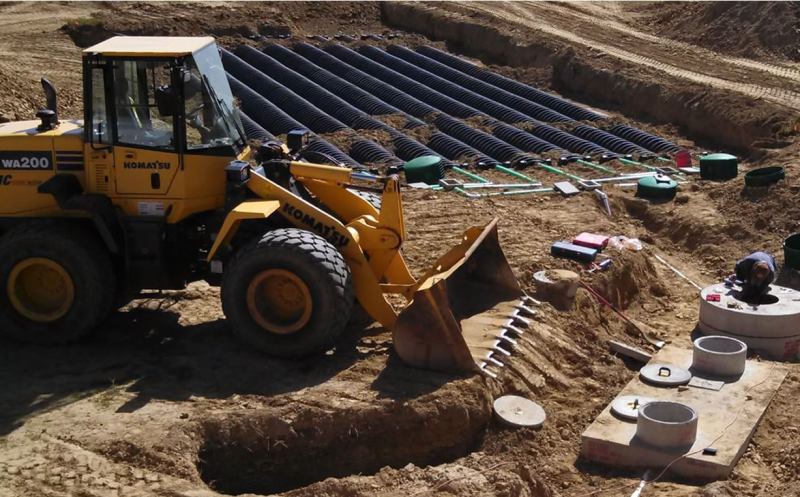
13
As long as it’s well-kept, your septic system shouldn’t give you any trouble. However, there are times when things may not go as planned in some areas of your septic system, such as the drain field. Just like the septic tank and pipes in your system, the drain field can also cause problems. Here are some signs of drain field failure and what you can do to fix them. Keep in mind that you always have the option of calling in professionals from a septic company if you cannot solve the issue on your own.
When a drain field is compromised, homeowners first notice slow drainage from all of their toilets, sinks, and tubs. Your home's drains will continue to function at a slower rate as long as the field's pipes can still hold some water. Drainage will cease completely only when the drain field has completely failed and the tank has had a chance to overflow. However, clogs in the inlet or outlet pipes and numerous other septic issues that are simpler to fix than a drain field can also cause slower drainage. Take a professional's opinion into perspective before jumping to conclusions.
Although green, lush grass is typically something you want in your yard, it is not exactly a good thing when it is on the surface of your drain field. This could indicate that more water and nutrients are promoting growth. Additionally, excessive water in your drain field is never a good thing and may indicate that your system is not properly disposing of wastewater.
Drain field pipes that break and crack open let too much water into the field. Over the area, you might see puddles or soft, mushy ground. A clogged or crushed drain field can also cause the septic tank's water levels to rise. The water will ultimately ascend as high as possible, enough to push sewage up the pipes and into your home's drains, which is known as a backup. Rather than just performing routine septic tank pumping, you may need drain field repairs if a technician reports high water levels during a tank inspection.
One particular indication of a dead or damaged drain field can only be seen when you attempt to service the tank. While you may think the tank just needs septic tank pumping, the service plumber might find that sewage and water are coming in the opposite direction from the outlet into the tank. Water has nowhere else to go but back into the tank whenever space opens up when it stands in the drain field rather than soaking in. The drain field's reverse flow is a clear sign that you need jetting or a septic company in Kannapolis, NC to replace your pipes.
At the very least once every few weeks, walk around the area and pay attention to the smells. Even if you notice the faintest sewage or toilet odors, they should be taken care of right away by a professional. The best course of action is to clean the drain field pipes as soon as they begin to emit odors.
Charlotte Septic Pros can conduct a comprehensive inspection of the tank and drain field for you. We will inform you of your options for resolving the issue before the septic system completely stops processing waste.
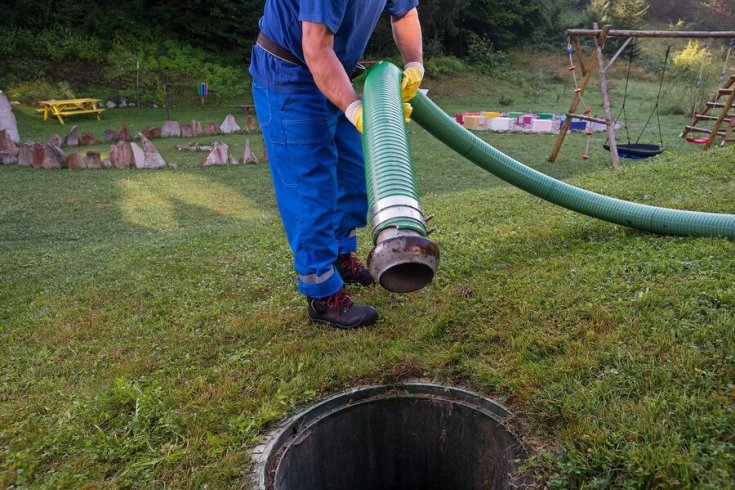
04
Early Warning Signs Your Septic Tank Needs Pumping For homeowners who rely on a septic system, routine maintenance is not…
Read more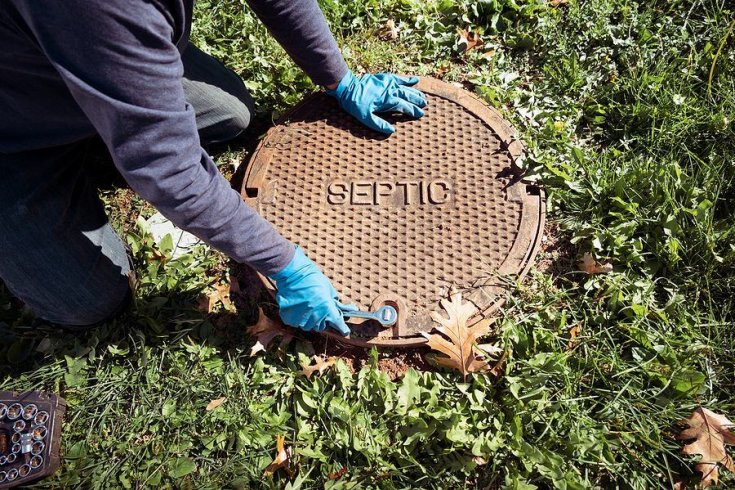
29
Why Does My Septic System Smell Fine One Day and Terrible the Next? If you own a home with a…
Read more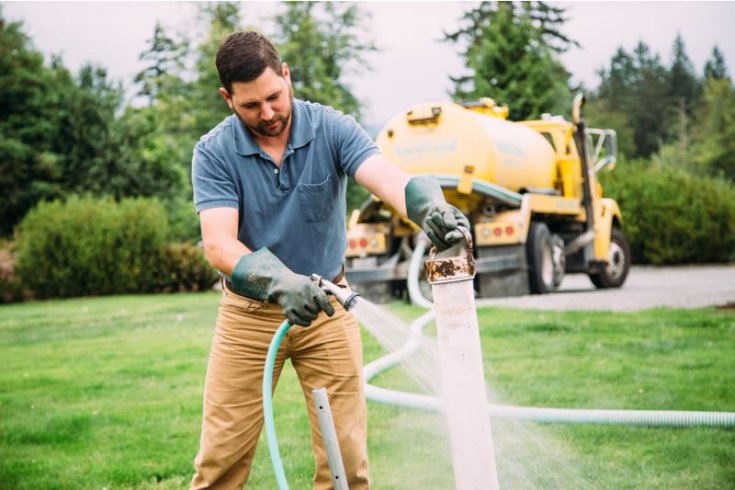
19
Is Your Septic System Overdue? Simple Home Checks You Can Do Today For many homeowners, the septic system is a…
Read more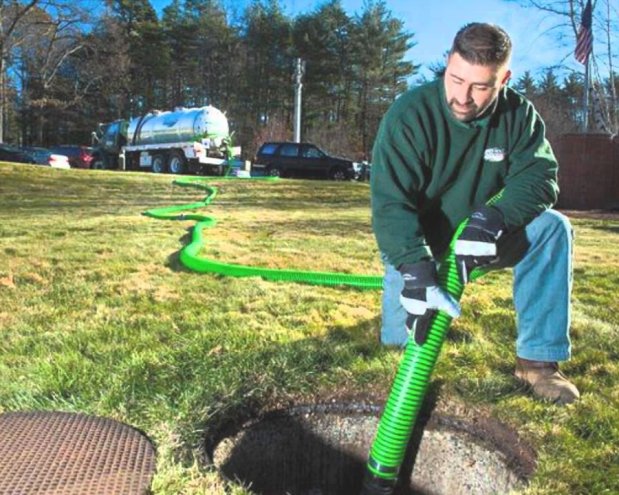
13
5 Signs Your Septic Tank Is Overdue for Pumping Your septic system works quietly behind the scenes, managing wastewater from…
Read more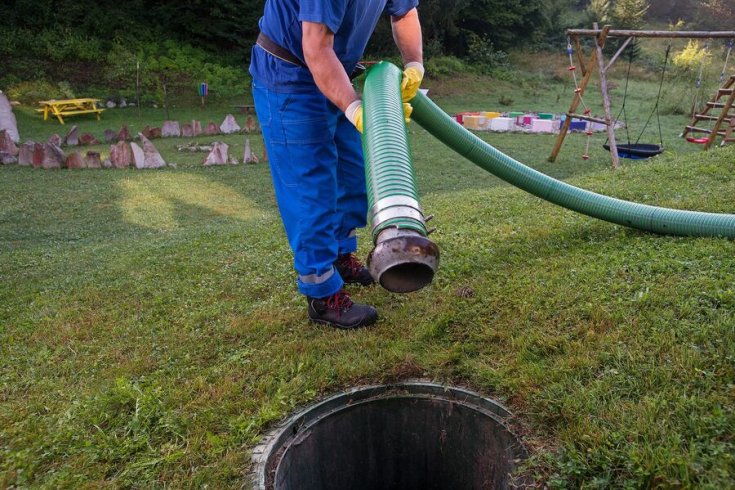
07
Do Septic Additives Really Work? Septic additives are everywhere. You’ll see them at hardware stores, advertised online, and often recommended…
Read more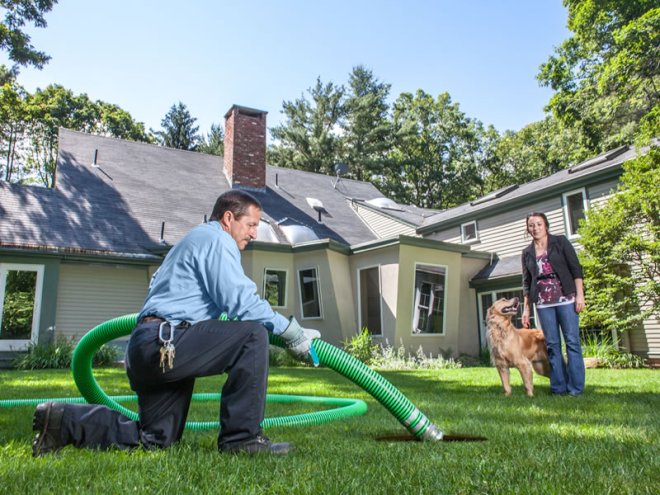
29
5 Things You’re Doing Every Day That Fill Up Your Septic Tank Faster Your septic system works quietly in the…
Read more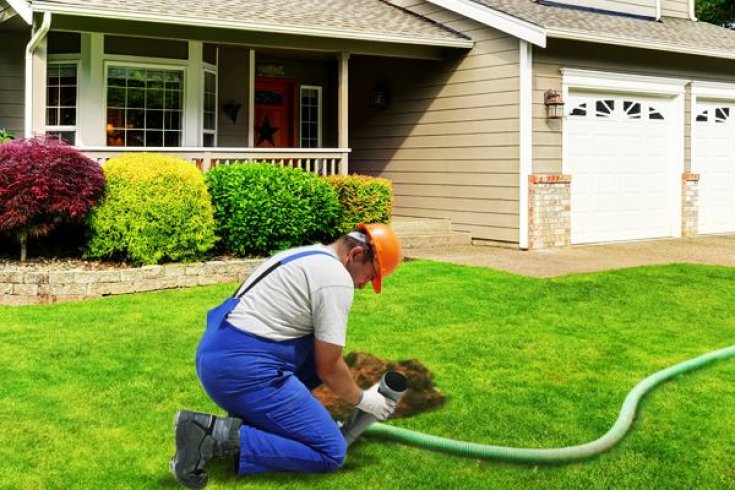
21
Is It Normal for Grass to Grow Greener Over My Septic Tank? If you’ve noticed a patch of grass in…
Read more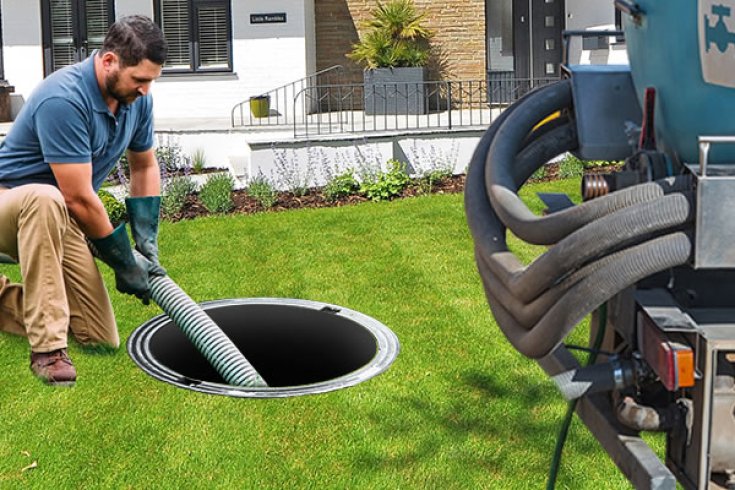
16
Why You Shouldn’t Wait Too Long to Pump Your Septic Tank A septic system works tirelessly behind the scenes to…
Read more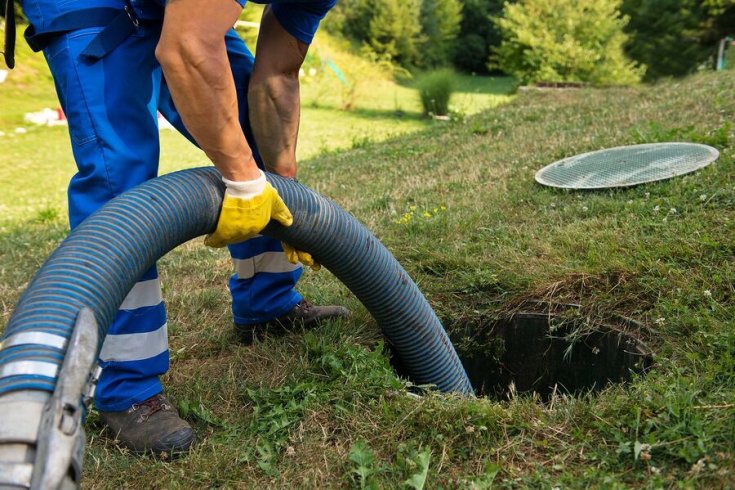
07
Septic Tank Smells? Let’s Talk About What’s Really Going on Underground A septic system is designed to manage wastewater efficiently…
Read more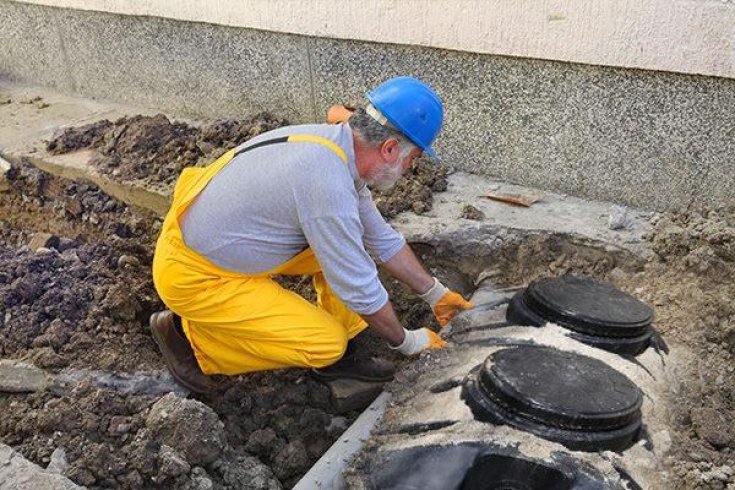
31
Why Neglecting Your Septic Tank Can Affect Your Yard, Home, and Health A well-functioning septic system is essential for managing…
Read more